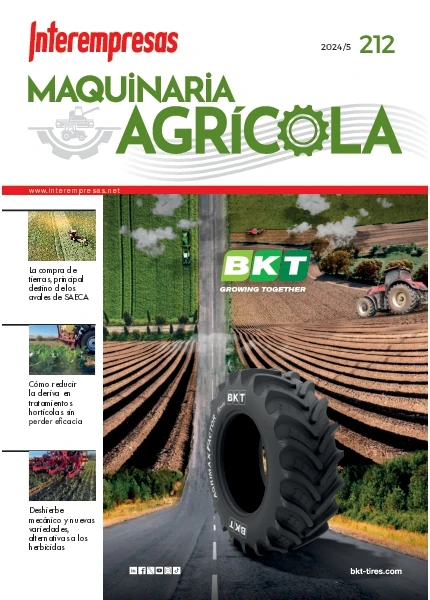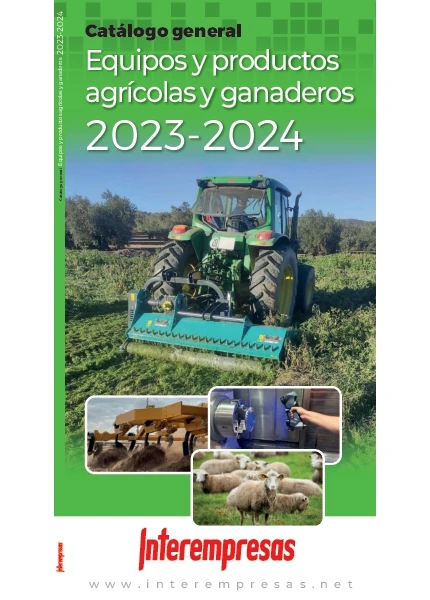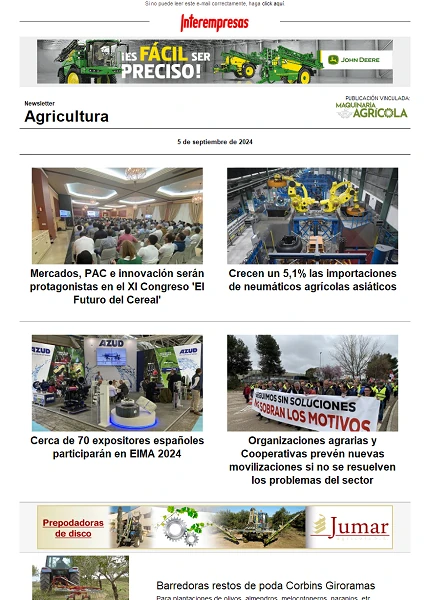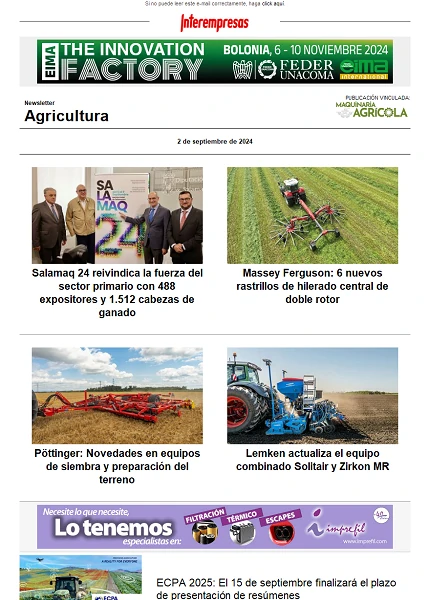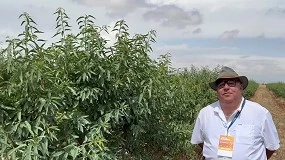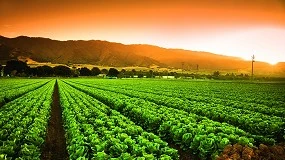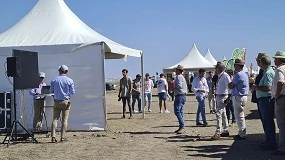Spanish balance of agriculture in 2008: a worrying trend
31 August
With this reference, and still recognizing the global so favourable impact it has had in our case the common agricultural policy, it should be very seriously question its current content and continuity in the medium term prospects. The minimal changes made by the 'health check' in 2008 should not call deception: by 2013, will open a new period of reform of the CAP, which must inevitably take a depth equivalent to the reforms of 1992 and 2003. We would actually be in time of extension of a model of agricultural policy that is no longer sustainable.
New drop of income
Judging by the data of the official report of income agrarian in 2008 that elaborates the Marm, agricultural production was reduced in number, both in the production plant as animals, but not in value (grew by 2.5% and 2.4%)(, respectively). Again, the rise of 'basic price' (which includes subsidies on products) allows to mask production stagnation that lasts a decade already, more accused in animal products in the plants. A comment by products shows that, except in olive oil (increased by 15.1%) and wine and grape juice (only grew by 1.2%), all major vegetable production (vegetables, fruits, cereals, industrial plants...) have been reversed in quantity, being remarkable the rising prices of forage plants (32.7%), wine and grape juice (12.7%) and fruits (10.3%) for the maintenance of the total value of vegetable production.
As regards animal products, it should be noted the slight increase in the production of beef and veal (3.4%) and pigs (7 per cent in value due mostly to price) and the drop of the sheepmeat and goatmeat (- 18% in quantity) and 13.2 per cent in value -(, insufficiently offset by price). Also, in animal products production remained stable, while the prices of milk met an unusual rise (8.2 per cent in value and prices).
The relationship of prices perceived-prices paid confirmed his permanently unfavorable trend. Thus perceived prices barely grew by 2.9%, a sharp rise in the prices paid (17.6%) and a modest increase in agricultural wages (by 5.1%, more due to the salaries of the employees than to any). This behavior is coinciding with the of the consumer prices of food, which increased by 5.9 per cent last year, well above the overall rate of the CPI (4.1%). Therefore, remuneration via market of agricultural activity has continued to be, as a general, insufficient.
Finally, grant returned to rise for the second consecutive year (7.7%), in particular the so-called 'other subsidies' not linked to products (lump, agri-environment, etc.) grew by 8.6% and now account for 81% of the total subsidies. Certainly, he is completing a period of change in the composition of aid, to the detriment of 'subsidies to products' which only grew by 4%. In any case, the result is an increase in the level of agricultural support, which in terms of their participation in income reached 31.6%, so it has increased the dependence of our agriculture with respect to the CAP.
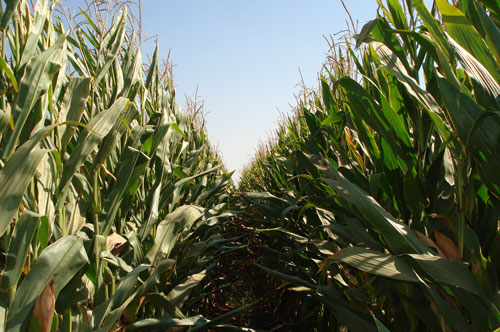
A new model of Cap: end of the action by sectors
Once the 'health check' of the CAP has become apparent that their results constitute a minimal reform, with what the major issues outstanding response have been deferred. And, however, the scenario that has been configured leads step by step to the practical disappearance of a CAP by sectors (with a single CMO), contrary to what had existed historically. Indeed, the 'health check' is derived from the decision to complete the decoupling of aid, with some minor exceptions (suckler cows, sheep and goats), leading to all sectors to the undifferentiated single payment system. Also, continues reducing sectoral intervention mechanisms, being limited its use to a handful of products (wheat, butter, milk...). Moreover, the aid provided to sectors with problems (the reserve of 10% of article 68) they are transitional in nature and are part of an instrument of exceptional use (shared with respond to the management of natural risks, animal diseases...). They are to see the final sectoral effects on the production of this "direct aid" transformation "indexed only payments". Meanwhile, the major issues that have been raising with each reform remain outstanding. Including the loss of "functionality and legitimacy" of the new payments deserves a special mention. Briefly, for what and why are now granted the aid? In recent months they have been doing public, finally, the names of the main beneficiaries of aid by countries, leaving in evidence, as in Spain, it is mostly corporate entities and some large fortunes (receive tens of millions of euros per year)(: 10% of the beneficiaries holds 61% of aid). Against this, the projected increase in the "compulsory modulation" is almost symbolic.
A CAP, again reformed by 2013, will have to change significantly and predictably reduce your current financial attention to main beneficiaries by country. Taking as an example three sectors in which is being implemented the new CAP, olives, cotton and tobacco, we note that in all of them is in question the continuity of the current level of aid. Well because it cannot be maintained in the medium term with a surface which has increased by more than 50 per cent (case of the olive grove), either because the new system of "disconnected" from the production support calls into question the own maintenance of crops (case of cotton and tobacco).
In any case, without political will to raise the budget ceiling of the Union (arises, as a better option, freeze the current level of expenditure), the construction of the new enlarged only Europe can be funded with less CAP or less cohesion policythen together they represent 75% of the Community budget. Faced with this dilemma, with a CAP as basis, the option in favour of strengthening the European economic and social cohesion is clear. Therefore, should prepare for a partial disappearance of the current CAP, because it is no longer viable to try to keep the 'status quo' of the past as a main land of future political strategy, as they are defending before Brussels central Government and regional governments.
We should now consider what to do with our agriculture, by reference to a new likely scenario of significant and unavoidable reduction in the level of support from the CAP to the productive sectors. In this regard, it is conceivable if already esigualmente sustainable trade union discourse of Defense at all costs of a PAC that has changed profoundly in nature and ever less attention given to the sectors. Applies the definition of new objectives and priorities, and among them should be put in the foreground the defence of the continuity of 'agriculture professionals' (farmers or day laborers) of which depends significantly on the maintenance of the countryside.
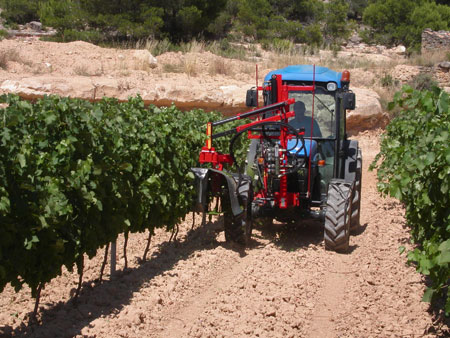
Employment: agricultural sector loses daily occupied 292
As it is already happening in recent years, 2008 has consolidated the trend to lose active population that has characterized the Spanish agricultural sector in the last decade. According to data from the survey of population (LFS), prepared by the National Institute of statistics (INE), the employed population (median data) in the agricultural sector at the end of the 4th quarter of 2008 amounted to 818.900 people.
Also, the number of employed in the agricultural sector in 2008 declined as half a 11.51% from the middle of 2007, representing a reduction of 292 agricultural and livestock workers every day. In the last ten years the agricultural sector has lost around 230,000 occupied. In this last decade, every year have registered decreases, except 2001 (with a growth of 1.6 per cent) and 2005.
Data from the EPA in 2008 will be history because, for the first time, the average of the population employed in the agricultural sector down from 900,000 people and goes on to represent something more than 4% of the total number of occupied in Spain (just a decade ago the percentage rose to 7,14%). However, it cannot be forgotten that although the occupied agricultural are less than one million, the rural population (those who live in municipalities of less than 10,000 inhabitants) is around 40% of the total population and that the loss of employed in the agricultural sector reversed negatively in the economic and social development of these peoplesthat extend for almost 80% of the national territory.
By autonomous communities should be noted that in terms absolute much of those employed in the primary sector is in Andalusia (27 per cent of the total), Galicia (11%) and Castilla y León (10%). However, in relative terms the regions that have a higher percentage of employed in the primary sector, with respect to the total are Extremadura (10.6%), Murcia (9.3%) and Galicia (7.8%). As regards the occupied agricultural profile is worth noting that the low proportion of young people and women leading farms can be seen in data from the EPA in 2008.
Agricultural machinery: slight rise in sales
Despite the crisis situation that went through the sector in 2008, sales of agricultural machinery increased by 0.9% over the previous year, that sold a total of 37.475 units, according to data of the Ministry of the environment, and medium Rural and Marine Affairs (Marm). Canary was the region that most increased the sale of machinery, followed by the Balearic Islands and Asturias. On the other hand, where they lost more sales was in Andalusia and Cantabria.
By type of equipment, sales of tractors in 2008 fell 8,36%, to 15.799 units, compared with the previous year, while remained those of pedestrian-controlled tractors in 525 units. For its part, the sale of machinery dragged or suspended for the preparation and work of the soil for sowing and planting, treatment, provision of water and fertilizer equipment increased by 11,38%, to 11.993 units, and of trailers did 0.89 %, until 7.637 units. The marketing of automotive machinery (harvesting, equipment load, tractocarros, etc) rose 8,71%, up to 1,198 units, and an increase of 145,19%, was registered in the section on other machines until 662 units. By autonomous communities, the number of units sold of agricultural machinery in 2008 decreased especially in Andalusia (- 21,65%), although this region remains where more machinery was purchased (6.388 units).
Accidents at work: further decline in the number of accidents
Continuing the trend of previous years, during 2008 there was a total of 33.367 accidents with sick leave in the agricultural sector, according to figures from the Ministry of labour and Social Affairs, which also include the corresponding to the fishing sectorhunting and forestry. By comparing this figure with that of the previous year there is a decline of 3.2% (1,108 injured less). Of the total figure, 30.082 casualties were ranchers, farmers or workers in the sector of forestry. The remainder were accidents of the sea and the aquaculture sector workers.
Total accidents, most were mild. The number of fatalities rose to 74, 5.6 per cent less than in the previous year. The main causes of accidents in the agricultural sector in 2008 include clashes against stationary objects and the physical or psychological traumas.


